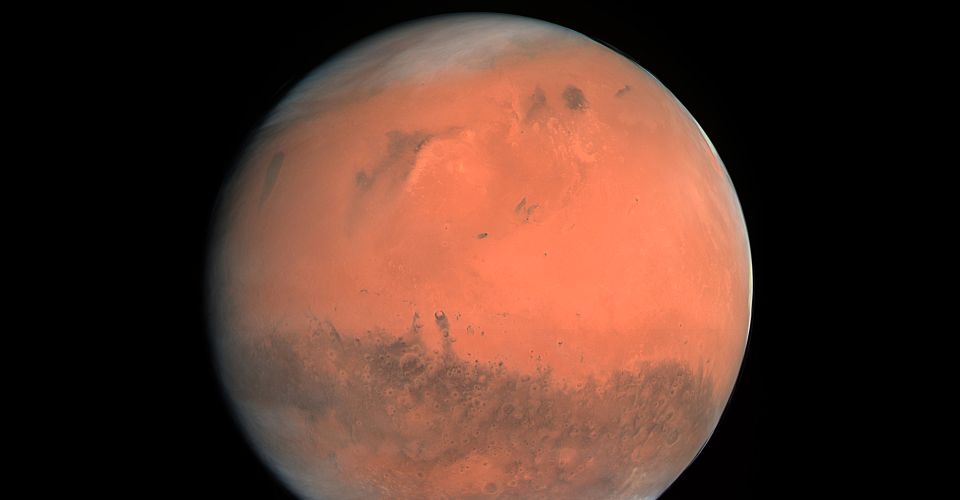What Color Is Mars, And Why?

Mars is one of the most famous planets in the Solar System, and part of this is due to its iconic color. Despite being such a minuscule speck in the grand scheme of outer space, our own Solar System is a pretty fascinating place. It’s home to eight unique planets, each of which has its own unique characteristics. Jupiter is a massive gas giant, Saturn has gorgeous rings, and Earth is the only known planet with life.
Then there’s Mars. Mars is the fourth planet from the Sun and one of the closest to Earth. Out of all the planets in the Solar System, Mars is one of the most fascinating — primarily because of humans’ fascination with finding life there. Research has shown evidence of water and carbon molecules on Mars, reinforcing the idea that life may have once existed there. It’s a mystery that may take years to fully explain, but even so, it remains one of the biggest topics in all of space exploration.
Another famous aspect of Mars is its color. Earth is a mixture of green and blue, Venus has a faint yellow hue, and Neptune has a deep blue color. When it comes to Mars, its color is very distinctly red. The planet isn’t uniformly the exact same red color, but rather a combination of red, orange, and brown tones. There are even some sections of Mars that are stark white. Overall, however, its red appearance is the most visible. There’s a reason Mars is called the ‘Red Planet,’ after all.
Why Is Mars Red?

So Mars is red. That’s easy enough to explain. But why is Mars red? It all has to do with the planet’s composition. Many of the rocks on Mars are rich in iron. Just like when iron sits outside for too long on Earth and forms rust from iron oxidization, the same thing happens on Mars. Because much of the Mars surface is dominated by iron-rich rocks, they make the planet appear noticeably red from a distance.
Should someone visit Mars, however, they’d find that the red color is much more muted in-person. When those rocks oxidize and form rust, most of the rust is captured in Mars’ thin atmosphere above the surface. The red color is unmistakable from a distance, but standing on the surface of Mars, the Red Planet would appear much more orange, tan, and brown. That’s because you’d be standing on Mars and looking at all of its ancient rocks rather than gazing at its red atmosphere from millions of miles away.
In short, while Mars is primarily a red planet, that’s not the only color present there. This is often the case with many things in the universe. The Moon, for example, appears to be gray and nothing more. In reality, parts of our lunar neighbor have faint sections of red and blue. There’s always more than meets the eye with outer space, and in the case of Mars’ color, it’s no different.
Source: NASA
About The Author


















